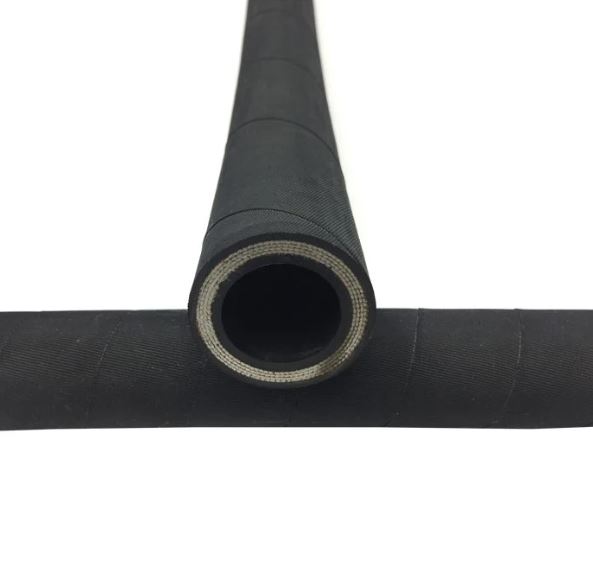oxy acetylene twin hose
Understanding Oxy-Acetylene Twin Hose and Its Applications
Oxy-acetylene welding is a widely-used method in metalworking that relies on a combination of oxygen and acetylene gases to create a high-temperature flame capable of melting metals. One of the most critical components of the oxy-acetylene system is the twin hose, which transports both gases from the tanks to the torch. This article delves into the features, advantages, and safety considerations associated with oxy-acetylene twin hoses.
Features of Oxy-Acetylene Twin Hose
Oxy-acetylene twin hoses are specifically designed to handle the unique properties of the gases they carry. Typically, they consist of two separate tubes within a single sheath—one for oxygen and the other for acetylene. These hoses are usually color-coded for easy identification red for acetylene and green for oxygen. The dual design minimizes the risk of gas contamination and ensures a consistent flow of gases to the torch.
Most hoses are made from durable materials such as rubber or synthetic compounds, which provide excellent flexibility and resistance to abrasion. Additionally, they are constructed to withstand high pressures, as the gases can be stored at pressures exceeding 2000 psi. This construction not only enhances safety but also contributes to the longevity of the hoses.
Advantages of Using Oxy-Acetylene Twin Hose
One of the main advantages of using oxy-acetylene twin hoses is their efficiency in transporting gases for welding, cutting, and brazing applications. The design allows for simultaneous delivery of both gases, facilitating a convenient and seamless operation for welders. This efficiency is crucial in industrial settings where time is of the essence.
Another benefit is the versatility of oxy-acetylene equipment. With the appropriate torch and accessories, users can adjust the flame's temperature, enabling a wide range of applications from thin metal sheets to thicker materials. The oxy-acetylene flame is hotter than many other welding techniques, making it suitable for cutting and welding a variety of metals, including steel, aluminum, and even some alloys.
oxy acetylene twin hose

Furthermore, the twin hose setup is relatively easy to manage, allowing welders to maneuver freely while working. This flexibility is particularly advantageous in complex projects where access to certain angles and positions is required.
Safety Considerations
While oxy-acetylene twin hoses offer many advantages, safety must always be a priority when using them. Given that acetylene is highly flammable, it’s crucial to handle the hoses and connections with care. Users should regularly inspect hoses for signs of wear, leaks, or damage, and replace them as necessary.
Proper storage of the hoses is also important. They should be kept away from heat sources, sharp objects, and chemicals that may degrade the material. When not in use, the hoses should be coiled neatly and stored in a cool, dry place.
Additionally, users must be familiar with the safe operating procedures for oxy-acetylene equipment. This includes using the correct fittings, maintaining proper gas pressures, and ensuring that the work environment is well-ventilated to avoid the accumulation of gases.
Conclusion
Oxy-acetylene twin hoses are an integral part of modern welding technology, offering efficiency, versatility, and convenience. By understanding their features, advantages, and safety considerations, welders can maximize the benefits of this powerful tool while minimizing risks. As with any welding equipment, knowledge and caution are essential to ensure successful and safe operation.
-
Welded Wire Mesh Panel: Durable, Versatile, and AffordableNewsJul.28,2025
-
Top Quality Oxy Acetylene Hoses for Sale Fit for Welding DemandsNewsJul.28,2025
-
The Future of Pneumatic Air Tubes in IndustryNewsJul.28,2025
-
Superior and Reliable LPG Hose Pipe Solutions for Every NeedNewsJul.28,2025
-
Exceptionally Durable and Versatile Premium Braided PVC TubingNewsJul.28,2025
-
Best Adapters for Connecting Garden Hose to PVC Pipe ConnectionsNewsJul.28,2025














